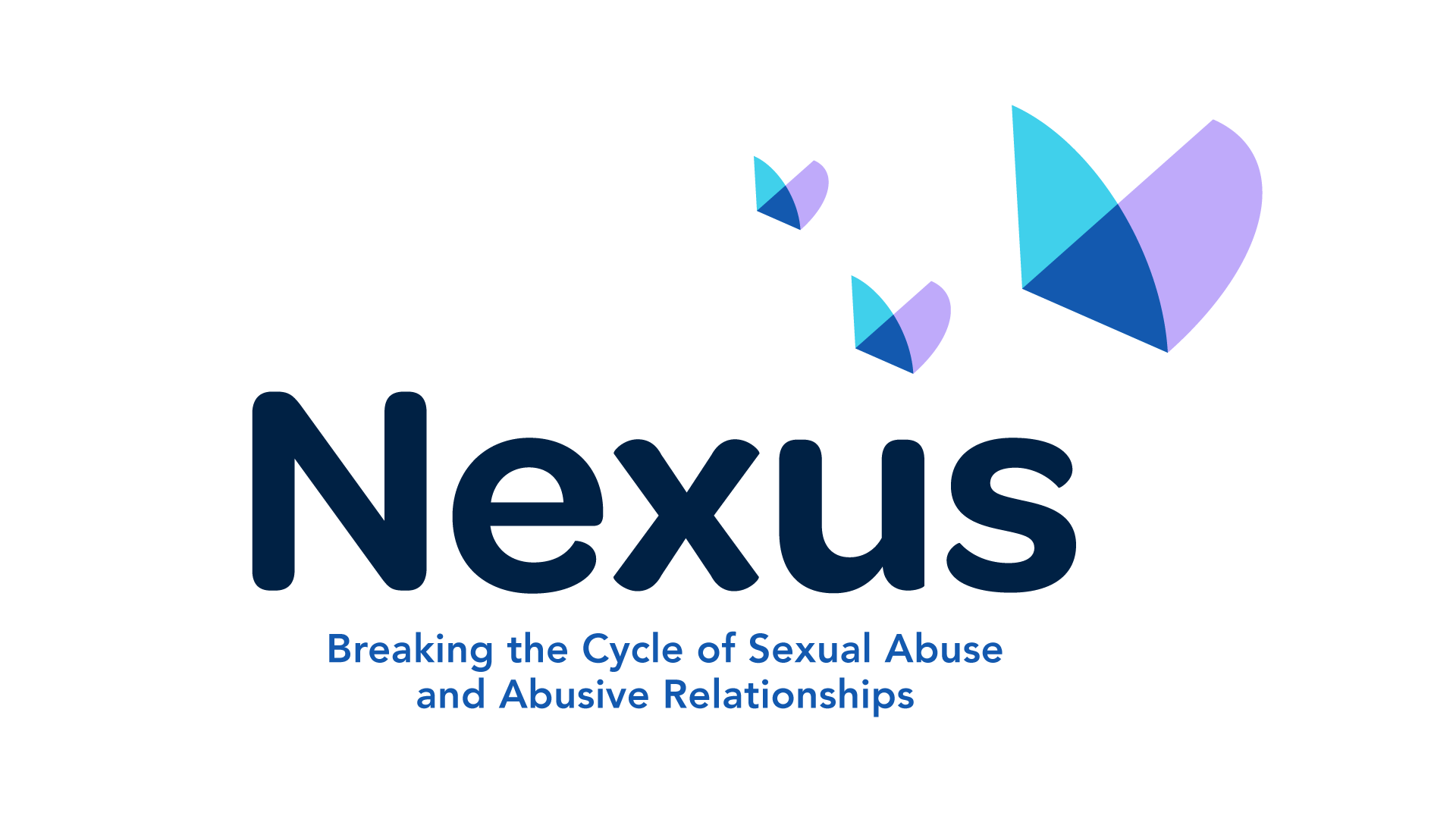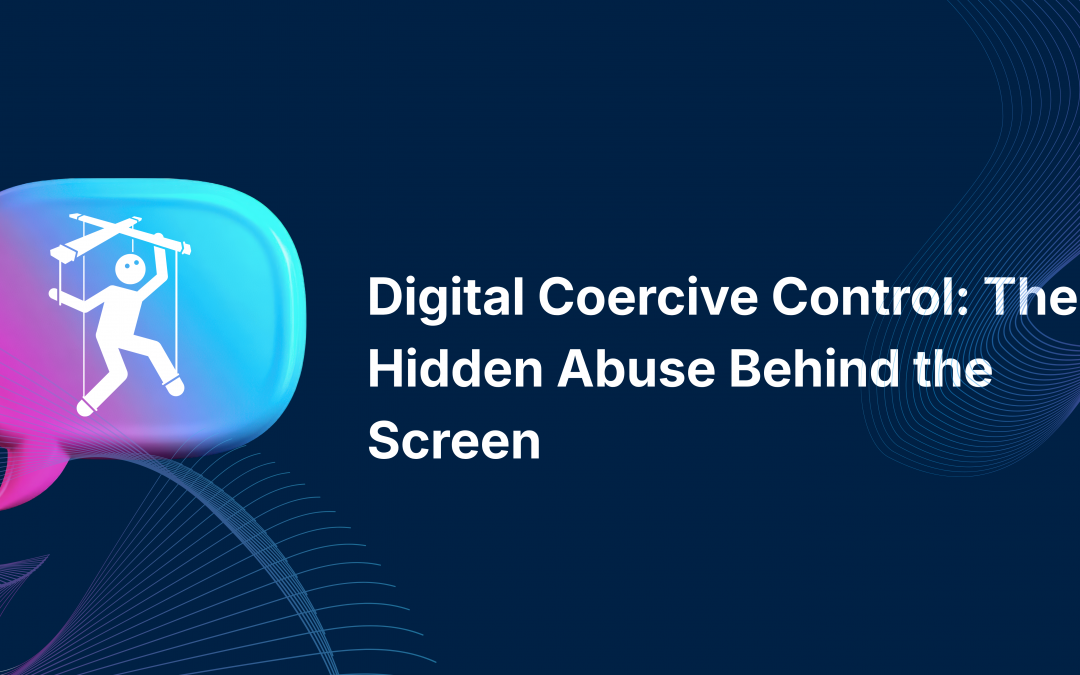Technology is a powerful tool. But for some, it’s also become a weapon of control.
Digital coercive control is a form of abuse that uses technology to monitor, manipulate, and dominate another person- often without their full awareness.
We know cases of tech-related abuses are rising. Between 2022-2023 over 120,000 Violence Against Women and Girls (VAWG) offences had an online element (The 2024 National Policing Statement for VAWG ). Moreover, Refuge, a charity supporting survivors of abuse, have seen a 207% increase in referrals to their specialist services for technology-facilitated abuse.
What Is Digital Coercive Control?
Digital coercive control is a subset of coercive control—a pattern of behaviour used to dominate and isolate someone. While traditional coercive control might involve financial restrictions, emotional manipulation, or social isolation, the digital form uses:
- Smartphones and apps to track location or access private messages
- Social media to monitor interactions or publicly shame
- Smart home devices to control environments remotely
- Spyware or stalkerware to secretly record activity
- Online accounts to impersonate, or restrict access
This form of abuse is often subtle, making it harder to detect and even harder to prove.
One of the most commonly experienced forms of coercive control by young women is having their social media accounts monitored by a partner or former partner. This can look like threatening to share private information publicly, humiliation and degradation, spreading lies and making threats.
Digital coercive control can happen in intimate relationships, family dynamics, or even workplace settings. Victims may feel like they’re “always being watched,” lose autonomy over their digital lives, or experience anxiety and isolation. The psychological toll is profound, and the abuse can escalate over time.
Recognising the Signs
Some red flags include:
- Being pressured to share passwords or unlock devices
- Having social media activity monitored or restricted
- Receiving excessive messages demanding immediate responses
- Finding unfamiliar apps or settings on your phone
- Feeling unsafe or ‘watched’ in your own home due to smart tech
Government, charities, employers and support services have a critical role to play in raising awareness, training staff, creating safe digital environments and advocating for stronger legal protections- to name a few.
What Can You Do?
If you suspect someone is experiencing digital coercive control:
- Listen without judgment
- Encourage them to seek specialist support
- Avoid suggesting they immediately disconnect—this can escalate risk
- Help them explore safe ways to regain digital autonomy
If we work and act together, we can create safer digital spaces for all. We can do this through raising awareness, getting informed, and engaging with education and training initiatives informed by groups with expertise on violence against women and girls.
For those affected and you would like to speak to someone about any form of abuse, please reach out to the DSA helpline 0808 802 1414 or dsahelpline.org.





